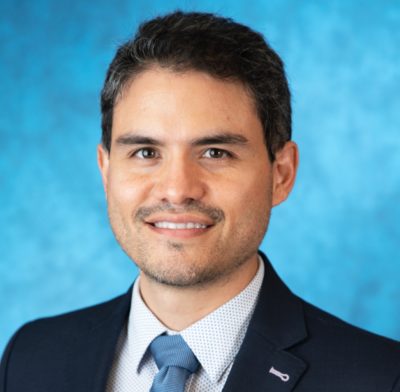Posted on February 1, 2022 by Wendy Frost
 The UTSA researcher says that pinpointing the effect of church attendance on crime is not as straightforward as it sounds. Consider counties with low crime and high church attendance. Is it because church attendance lowers crime, or do places with low crime lead to larger congregations? Or, perhaps both high church attendance and low crime follow some other factor such as income or employment. To uncover the actual effect of church attendance on crime, one needs to consider changes in church attendance that would occur at random.
The UTSA researcher says that pinpointing the effect of church attendance on crime is not as straightforward as it sounds. Consider counties with low crime and high church attendance. Is it because church attendance lowers crime, or do places with low crime lead to larger congregations? Or, perhaps both high church attendance and low crime follow some other factor such as income or employment. To uncover the actual effect of church attendance on crime, one needs to consider changes in church attendance that would occur at random.
To describe the effect of church attendance on crime, Moreno-Medina considers a third factor: the weather. His idea is built around two findings. First, most religious services in the U.S. occur between 9 a.m. and 1 p.m. Second, when it rains at that time, there is a 17% drop in church attendance. Because rain at that specific time and crime can be considered to be random, he believes that by looking at the relationship between crime and the number of Sundays in a year in which it rained, he can evaluate the effect of church attendance on crime.
In his research, Moreno-Medina suggests several possible mechanisms linking religious participation and crime. Some of these mechanisms support the idea that religious participation reduces crime while others oppose it. One example of the former is the belief that people will be punished in an afterlife for committing crimes. On the other hand, religious affiliation can generate conflict across groups and thus increase certain types of crimes. Moreno-Medina argues that these hypotheses can be tested scientifically using data.
Using hourly precipitation data collected by the U.S. Department of Commerce’s National Oceanic and Atmospheric Administration, Moreno-Medina spent two years exploring the relationship between county-level rain during church and crime between 1980 and 2016.
He found evidence that church attendance was correlated with a reduction in yearly drug-related, alcohol-related and white-collar crimes. He also found that these correlations were stronger in more religious counties. His research builds on previous evidence showing that church attendance decreases the consumption of alcohol and drugs.
He did not, however, find evidence that church attendance had any correlation with more serious crimes such as murder, robberies or aggravated assault.
Moreno-Medina’s study builds the case that religious participation can alter certain behaviors, such as drinking alcohol, consuming drugs, and their related crimes. But the exact way in which this effect comes about is still unclear.
In the future, he plans to explore whether changes in beliefs, peer effects or other factors are at the center of the church attendance/crime relationship.
“This is important because we want to know what about church attendance can be replicated by other public policies, and which are unique to it,” Moreno-Medina concluded.

